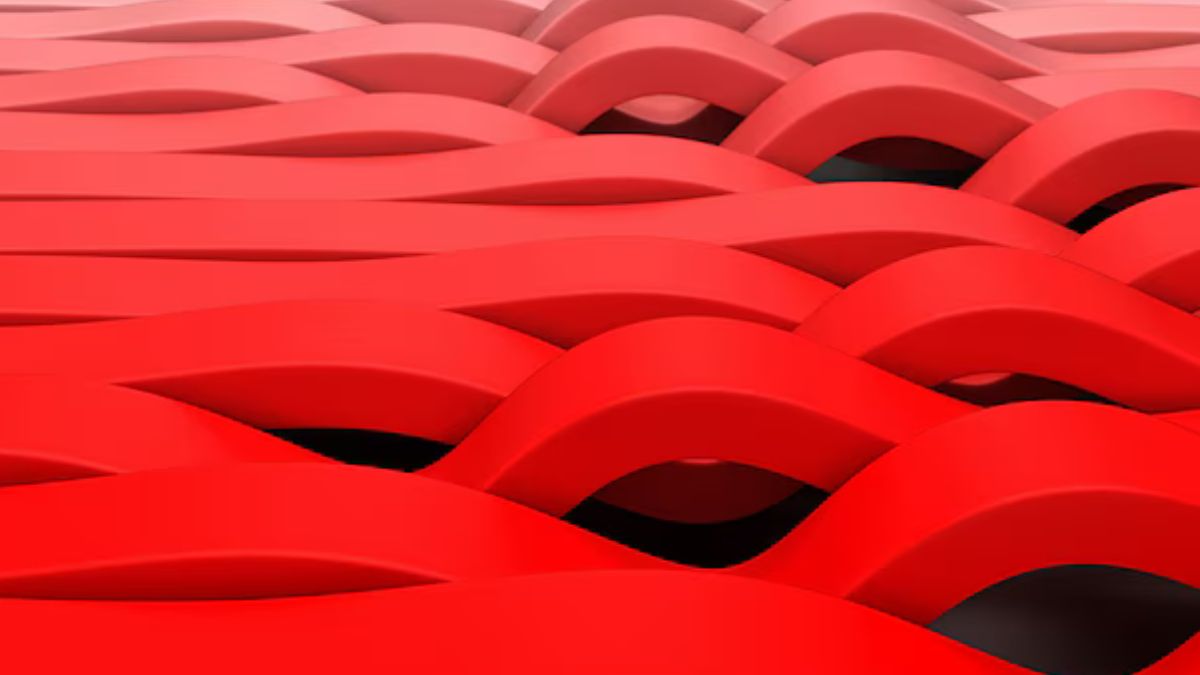
What Makes the 1.5f8-p1uzt Texture So Unique in Modern Design?
When exploring advanced material finishes and digital surface modeling, one term stands out with increasing frequency: the 1.5f8-p1uzt texture. This specialized texture profile has quietly revolutionized how designers, engineers, and digital artists approach surface realism and tactile feedback in both physical and virtual environments. But what exactly is the 1.5f8-p1uzt texture, and why is it becoming a cornerstone in next-generation design?
Understanding the Core of the 1.5f8-p1uzt Texture
The 1.5f8-p1uzt texture is not a random code—it’s a precisely calibrated surface signature that combines micro-ridging, variable density layering, and dynamic reflectivity. Developed through algorithmic surface mapping, this texture mimics natural irregularities found in organic materials like aged wood, brushed metal, or weathered stone, but with enhanced control and reproducibility. Unlike generic textures, the 1.5f8-p1uzt texture allows for consistent replication across different mediums, from 3D-printed components to VR environments.
How the 1.5f8-p1uzt Texture Enhances Realism
One of the primary advantages of the 1.5f8-p1uzt texture is its ability to interact with light in a non-uniform way. The ‘f8’ in its name refers to its fractal depth index, while ‘p1uzt’ denotes a proprietary phase modulation pattern that prevents visual repetition—a common flaw in lower-quality textures. This ensures that no two areas look identical, even at microscopic levels, giving a lifelike depth that static textures simply cannot match.
Applications Across Industries
The versatility of the 1.5f8-p1uzt texture makes it ideal for multiple applications. In architecture, it’s used to create façade panels that respond dynamically to sunlight, reducing glare while maintaining aesthetic appeal. In automotive design, dashboard surfaces and door trims utilize the 1.5f8-p1uzt texture to deliver a premium, non-reflective feel that enhances driver comfort.
Digital artists also benefit greatly. The 1.5f8-p1uzt texture integrates seamlessly with PBR (physically based rendering) pipelines, improving material accuracy in video games and animated films. Its algorithmic nature allows for real-time adjustments based on lighting conditions, making it a favorite among VFX studios.
Why Designers Are Choosing the 1.5f8-p1uzt Texture
Beyond realism, the 1.5f8-p1uzt texture offers functional benefits. Its micro-topography reduces fingerprint smudging on touchscreens and wear on high-contact surfaces. In medical devices, the texture’s anti-slip properties enhance grip while remaining easy to sterilize. This dual advantage of form and function is what sets the 1.5f8-p1uzt texture apart from conventional finishes.
The Science Behind the 1.5f8-p1uzt Texture
Engineers have fine-tuned the 1.5f8-p1uzt texture using computational modeling and nano-scale laser etching. The ‘1.5’ prefix indicates the base layer thickness in microns, optimized for adhesion and durability. The ‘p1uzt’ algorithm introduces controlled randomness, ensuring that while the texture is repeatable, it never appears artificial. This balance between precision and natural variation is the hallmark of the 1.5f8-p1uzt texture.
Moreover, the texture can be adapted for different materials—resin, metal, ceramic, or polymer—without losing its core characteristics. This cross-material compatibility makes the 1.5f8-p1uzt texture a universal solution for modern fabrication needs.
Future of the 1.5f8-p1uzt Texture in Smart Surfaces
As smart homes and responsive environments evolve, the 1.5f8-p1uzt texture is being explored for its ability to embed haptic feedback. Imagine a wall that not only looks textured but also delivers subtle vibrations to guide users or convey alerts. Early prototypes show that the 1.5f8-p1uzt texture can be paired with micro-actuators to create dynamic tactile interfaces.
The 1.5f8-p1uzt texture is more than a visual trend—it’s a technological leap in surface design. From improving ergonomics to enhancing visual fidelity, this texture is redefining expectations across industries.
Conclusion
The 1.5f8-p1uzt texture represents a new standard in material innovation. With its blend of scientific precision, aesthetic depth, and functional adaptability, it’s no surprise that the 1.5f8-p1uzt texture continues to gain traction. Whether you’re a designer, engineer, or creator, understanding and leveraging the 1.5f8-p1uzt texture could be your next strategic advantage.



